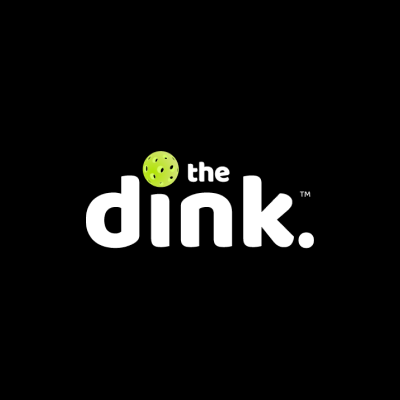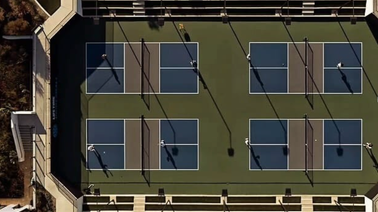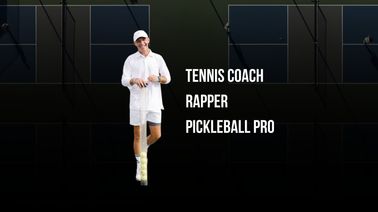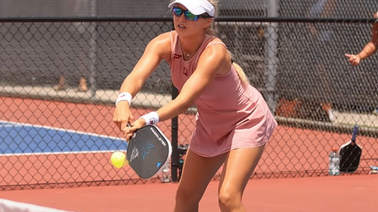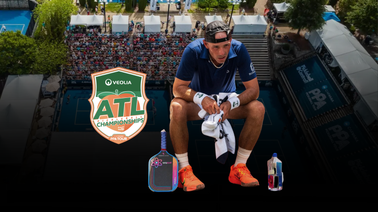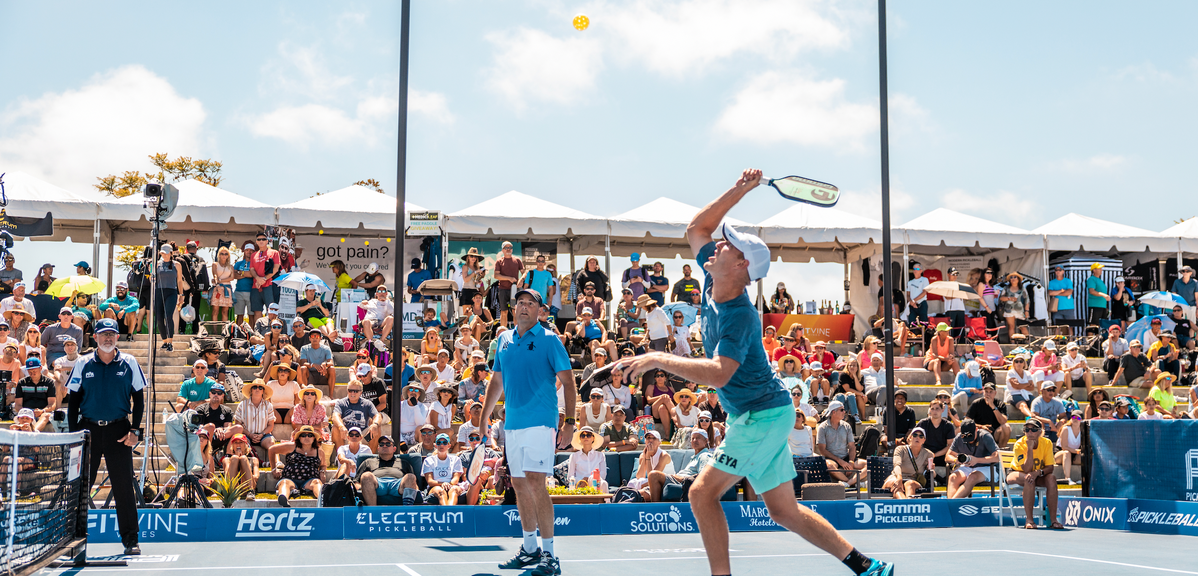
Via Jim Ransey, Pro Pickleball Stats
Pro Pickleball is an ever-evolving sport. Subtle changes are evident in a time period as short as three years. Conservative, patient pickleball is giving way to a faster, more aggressive and assertive style of play. Do actual statistics support this general perception?
I sought to quantify this by analyzing nine matches: The three doubles finals (men's, women's and mixed) from the PPA event in Ohio on September 11, 2022, the three doubles finals from the PPA event in Georgia on September 18, 2022, and the three doubles finals from the US Open in 2019. Those nine matches included 30 games, 1,184 rallies, and more than 13-thousand shots.

My first question was about rallies: How long were the rallies? In general, shorter rallies would indicate more assertive play, while longer rallies would indicate a more conservative style of play.
Averages:
2019 US Open: the three doubles finals averaged 13.6 shots per rally.
2022 Ohio: the three doubles finals averaged 10.65 shots per rally.
2022 Georgia: the three doubles finals averaged 10.8 shots per rally.
Short rallies:
2019 US Open: 42 percent of the rallies were nine shots or fewer.
2022 Ohio: 57 percent of the rallies were nine shots or fewer.
2022 Georgia: 57 percent of the rallies were nine shots or fewer.
Long rallies:
2019 US Open: 7.7 percent were 30 shots or more.
2022 Ohio: 2.9 percent were 30 shots or more.
2022 Georgia: 3.8 percent were 30 shots or more.
Extreme rallies (50 or more shots):
2019 US Open: 7 in 8 games.
2022 Ohio: 0.2022 Georgia: 2 in 12 games.
New Arrivals from LOTTO. Up your shoe game and protect your feet with the selection at fromuthpickleball.com. Use code 10DINK for 10% off (some exclusions apply).

Was there much variation in average length of rallies specifically for men, women and mixed?
Men: Open: 11.98 shots, Ohio: 10.3, Georgia: 12.3
Women: Open: 12.39 shots, Ohio: 11.4, Georgia: 9.8
Mixed: Open: 15.7 shots, Ohio 10.3, Georgia: 10.9.
My second question dealt with a "two-part objective," the conventional wisdom for the serving team to get to the NVZ line, then win the rally from there. Traditionally that would mean delivering a delicate 3rd-shot drop, then dinking until receiving an attackable ball. Some pro rallies today play out that way, with several variations, but many do not. So, how often does that happen?
I analyzed this with a broad perspective. First, did the serving team "achieve neutrality" during a rally? That is, at some point in the rally were all four players at the NVZ in a competitively balanced situation? (The higher the number, the more conservative the style of play). Secondly, in rallies which had neutrality, did the serving team -win- the rally? I realize these parameters omit some successful offensive sequences. Let's look at the numbers.
Did the serving team "achieve neutrality?"
2019 US Open: 70 percent yes.
2022 Ohio: 56 percent yes.2022
Georgia: 58 percent yes.
In rallies which had neutrality, did the serving team -win- the rally?
2019 US Open: 51 percent yes.
2022 Ohio: 47 percent yes.
2022 Georgia: 53 percent yes.
(In all nine of these matches, the winning team converted a higher percentage of these opportunities than their opponents.).
What percentage of the serving team's points came from rallies with this "two-part objective?"
2019 US Open: 82 percent.
2022 Ohio: 63 percent.
2022 Georgia: 69 percent.
Was there much variation in the successful "two-part objective" percentages (above) specifically for men, women, and mixed?
Men: Open: 74 percent, Ohio: 64 percent, Georgia: 80 percent.
Women: Open: 84 percent, Ohio: 60 percent, Georgia: 62 percent.
Mixed: Open: 90 percent, Ohio: 67 percent, Georgia: 68 percent.
SUMMARY:
This study supports the perception that pro doubles pickleball is indeed played differently than three years ago. It is slightly less patient and more assertive, especially for women and mixed. Having just watched those three 2019 US Open finals, two things stood out to me. First, many borderline-attackable balls were generally reset rather than attacked. Secondly, the cross-court dinking battles in mixed doubles and women's doubles were longer in 2019 than in 2022. This great sport continues to evolve, and it will be fascinating to see where it goes from here.
Jim Ramsey, Pro Pickleball Stats
What is driving the evolution? It's probably a few things. Paddle technology has allowed for more spin making it easier to attack. The influx of high level tennis talent is pushing the limit of what is possible on the court.
For me, the thrill of the hands battle leads to quick trigger pulls. Check out the full breakdown from Ramsey.


